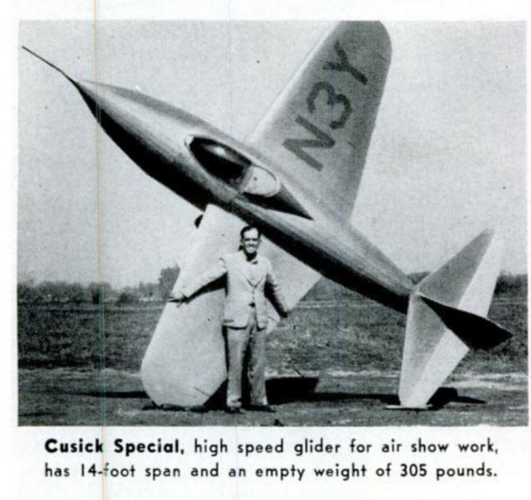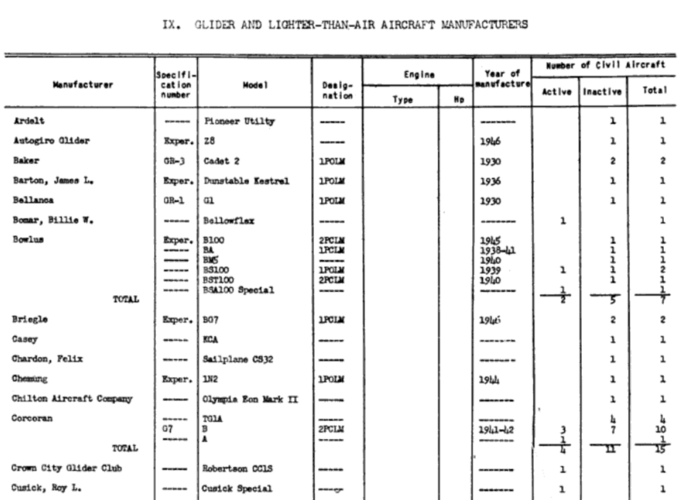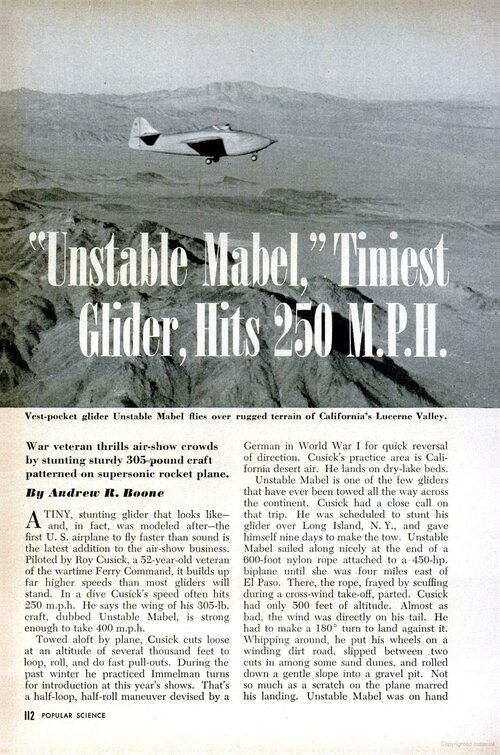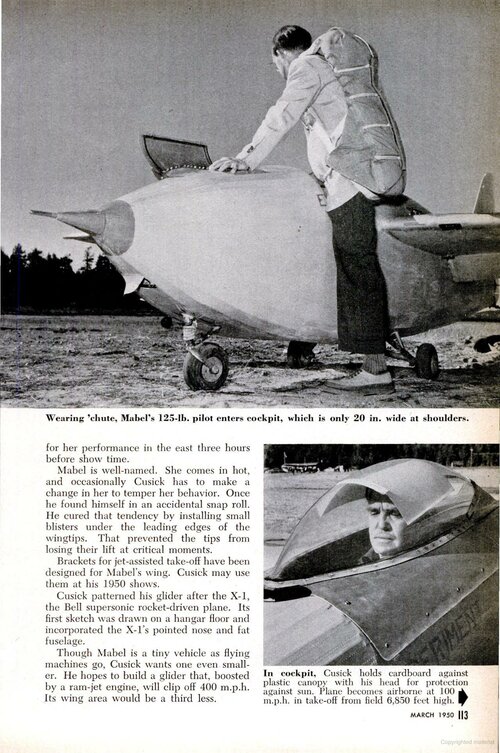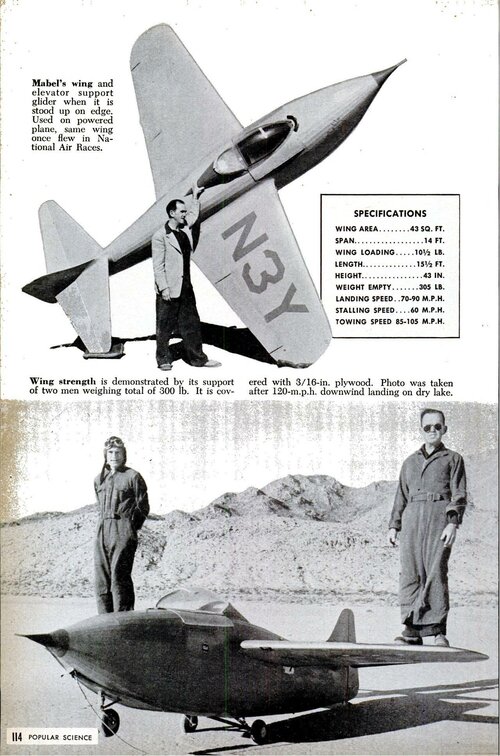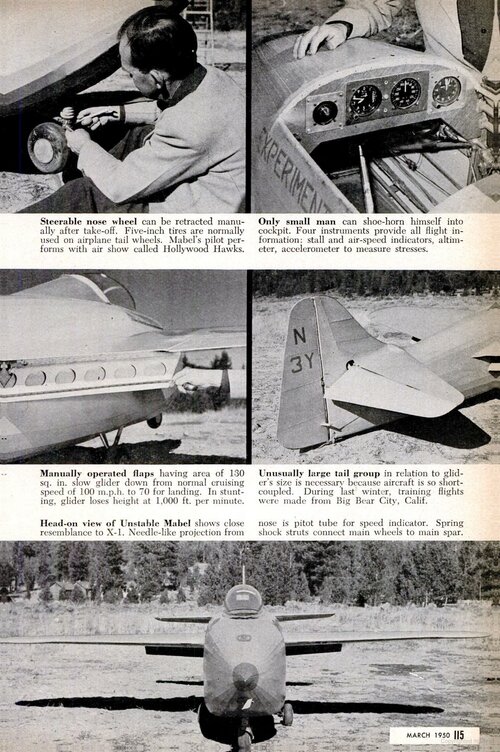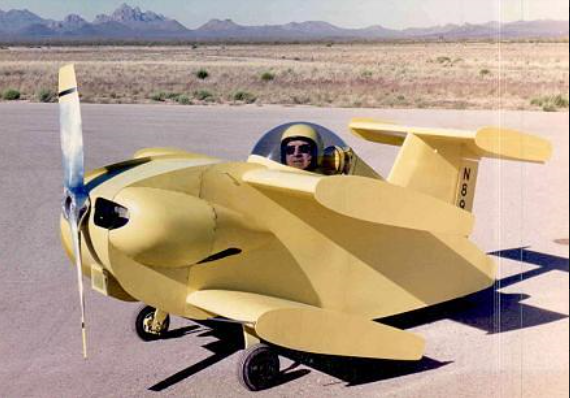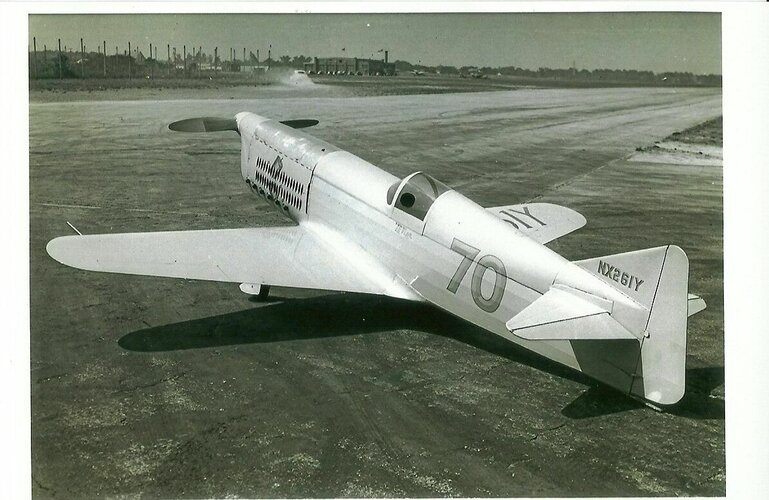Hi. In doing research on the NRC Flying Wing tonight, I came across some weird fact about Larry Linville (of M*A*S*H fame) built a "Flying Plank"! I had to post but before I did, I searched this forum and found out someone had already posted about "Flying Plank" gliders so I thought I would tag along.
Here's some articles and pics...

trekgrrl.wixsite.com
I wonder if he called his glider "Hot Lips"???
Found this online about Larry Linville's tailless glider - sounds like a variation of a Bankstrom EPB-1 plank:
"Why not turn a hobby into a profitable enterprise?" Linville said. "I'm a nut about soaring and love to get out there in the wide open spaces on the weekend. One day, up there in the blue, I was struck with the idea for a tailless glider. So, I went to work with an aircraft engineer to design it."
He said he hoped the new glider would bring him prestige and profit in the aeronautics world. Having a role such as Maj. Frank Burns, which brought him new fame, didn't hurt either.
According to the article, he started building his glider around 1966 and collaborated with Al Backstrom, an F.A.A. Engineer.
His glider wings were made of spruce and plywood and covered with fabric. It extended 32.8 feet when attached to the 9.5-foot pod of the glider. It was a "flying wing" craft with a vertical, but no horizontal, stabilizer.
"Our glider, the Super Plank, will be the smallest, lightest, cheapest, and easiest to build sailplane ever assembled," Linville said in an interview with
The Courier News.
According to the interview, the flying craft was expected to weigh about 220 pounds and cost around $500, which would be about $3,000 today.
Enjoy the Day! Mark
 trekgrrl.wixsite.com
trekgrrl.wixsite.com

